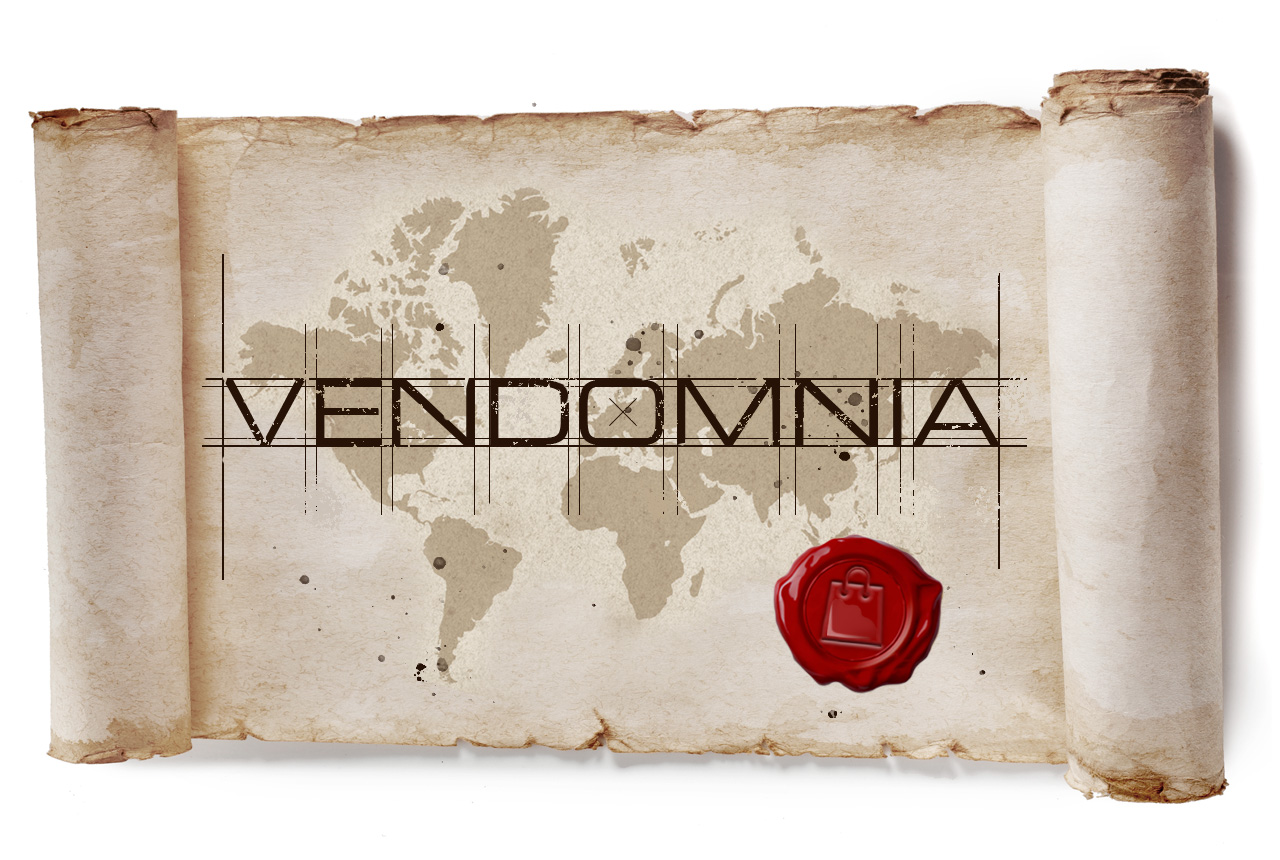16 september 2021

The history of trade dates back to prehistoric times, when people exchanged tools and services. The oldest artifacts that speak in favor of this are from the Stone Age. This is followed by a flourishing period of trade BC, the Middle East, the Roman Empire and ancient Egypt.
In the Middle Ages, we witnessed the growth of the use of coins and the emergence of a new segment of the economy - banking. The beginnings of modern banking can be found in Renaissance Italy, more precisely in Venice, where we find evidence of the first checks. In other parts of Europe, bankers were mostly goldsmiths until the deep renaissance. Payments in installments, by check or deferred payment are still relevant today, even in e-commerce.
A great change in the field of trade and suppliers took place in the period of classical colonialism. Until then, the goods were mostly of local origin. A smaller percentage of sales was made up of trade in goods from the Middle East, primarily because there were few traders who set out on a great journey, and the price of those goods was high and reserved for the nobility. In the era of colonialism, Europeans came into contact with new products for the first time, such as corn, potatoes, spices, tropical plants, cocoa. Although the supplier was often their fellow citizen, the goods were exclusive and expensive, and the demand was great, both because of curiosity and because of certain characteristics of those goods. After that the civilization experienced the peak of trade in terms of geographical reach - goods reached all parts of the world known to the human kind.

The 20th century brings with it two wars that inevitably lead to recession. Therefore, in the 20th century, world organizations such as the International Monetary Fund (IMF), the World Trade Organization (WTO) were established. The goal is to take care of money flow and be in charge of the banking system and the sustainability of the value of money.
Wholesale trade today takes place partly on the screens of world stock exchanges and is counted in percentages and shares. We witnessed how much the changes in the stock market can affect world trade in 2008, when the whole world helplessly watched the fall in the value of currencies. The rise and fall of prices is also influenced by the price of crude oil, because it directly conditions the price of transport.
In the 20th century, North America developed a new concept of B2C trade - the shopping mall. The shopping mall represents the modernization of the Turkish bazaar and the Italian market. However, what characterizes a shopping mall is the size and content that keeps the customer inside - cinemas, beauty centers, fitness centers and dozens or hundreds of stores that hold the attention of customers. Today, the shopping mall format is increasingly represented by online sales. Sites like Amazon and eBay offer you almost everything while you are sitting comfortably in your armchair and scrolling through the offers.

With the development of the Internet, e-commerce initially took up little digital space. After that, in less than 3 decades, it experienced a dizzying growth. Considering that the history of trade and exchange dates back to prehistoric times, 30 years is just one moment in time that emphasizes the consumer collective consciousness as one of the dominant features of modern society.
Although the coronavirus pandemic has left great consequences in certain segments of trade, trade follows the development of technological achievements - it grows rapidly and reaches the most private spheres of modern human life. The difficult months behind us took us out of the stores and brought the stores into our homes. Today, shopping in developed countries is mostly done via a mobile phone that you hold under your pillow.
Therefore, it is not surprising that the owner of Amazon, Jeff Bezos, is the richest man today. The Amazon we are witnessing is what was once the Silk Road.
Although the name itself was derived from the Latin vendere "sell, offer from sale" and omnia "in all aspects"[1], the name Vendomnia suggest the trading tendencies in modern society.
The name of the industry in which Vendomnia operates, e-commerce, also represents a bridge between the past and the future.
Commerce is derived from the Latin commercium, "trade, traffic, exchange, goods, trade routes" and merx, "merchandise".[2]
Until now, goods have always found their way to the buyer, no matter how far he is, and regardless of the obstacles and difficulties that traders may encounter along the way. In the same way goods today find their way onto websites. No matter how crowded and how many clicks per minute, the goods always find their buyer.
[1] https://www.online-latin-dictionary.com/latin-english-dictionary.php?parola=Vendo
[2] https://www.online-latin-dictionary.com/latin-english-dictionary.php?parola=merx
HOW TO BUY OUR PRODUCTS?

CONTACT
IMPRINT
Company Name: Vendomnia d.o.o.
Address: Sentandrejski put 24a, 21000 Novi Sad
NACE Code: 7022
Company Number: 21296163
Serbian VAT Number: 110092671
Website: www.vendomnia.rs
E-mail: contact@vendomnia.rs